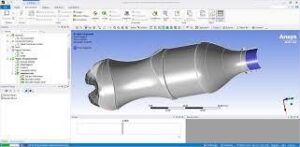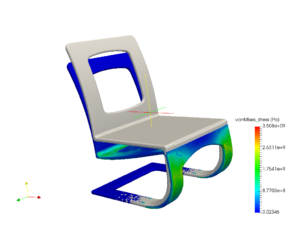Exploring the Practical Applications of Linear Static Analysis in Engineering
Linear static analysis has numerous practical applications across various engineering disciplines. Here are some common practical examples mentioned:
Structural Analysis: Linear static analysis is widely employed in structural engineering to evaluate the behavior of various structures, including buildings, bridges, towers, and other architectural elements. It helps determine the stresses, deformations, and displacement patterns under different loading conditions. Engineers can evaluate the strength and stability of structural components, optimize designs, and ensure compliance with safety regulations.

Mechanical Component Design: This analysis is employed in the design of mechanical components such as machine parts, mechanisms, and industrial equipment. It helps evaluate the structural integrity and performance of components under applied loads. This analysis aids in optimizing component designs, identifying areas of excessive stress or deformation, and ensuring the functionality and reliability of the product.

Automotive Industry: Linear static analysis plays a crucial role in automotive engineering. It helps assess the structural integrity and performance of vehicle components, such as chassis, frames, suspension systems, and body structures. This analysis aids in optimizing designs for weight reduction, improving vehicle safety, and ensuring durability under various operating conditions.
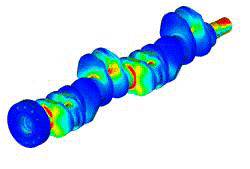
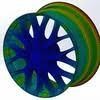
Aerospace and Aircraft Design: In aerospace engineering, linear static analysis is used to analyze and optimize the structural behavior of aircraft components, such as wings, fuselages, and landing gear. It aids in assessing the structural integrity, load distribution, and stiffness of these components. Linear static analysis is also employed to study the interactions between different structural elements and evaluate their overall performance.
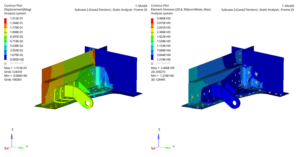

Civil Engineering and Infrastructure: Linear static analysis is applied in civil engineering to analyze the behavior of structures like dams, tunnels, pipelines, and offshore structures. It helps evaluate the stability, load-carrying capacity, and safety of these structures under various loading conditions. Linear static analysis also aids in designing foundations, retaining walls, and other structural elements to ensure their stability and resistance to failure.

Consumer Products and Industrial Machinery: Linear static analysis is an essential technique utilized in the design and optimization of consumer products like furniture, appliances, and electronic devices. It allows engineers to assess and ensure the structural integrity, load-bearing capacity, and overall safety of these products. Moreover, this type of analysis finds application in the analysis and design of industrial machinery and equipment, guaranteeing their structural soundness and reliability.
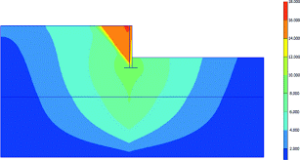
Professionals in engineering fields, including those pursuing an ANSYS course in India, often rely on linear static analysis to understand the behavior of structures subjected to static loads. It enables them to optimize designs, evaluate performance, and ensure the safety and functionality of various systems and structures. Linear static analysis is just one type of analysis among many available, and it serves as a fundamental tool for engineers in their pursuit of design excellence and problem-solving.
